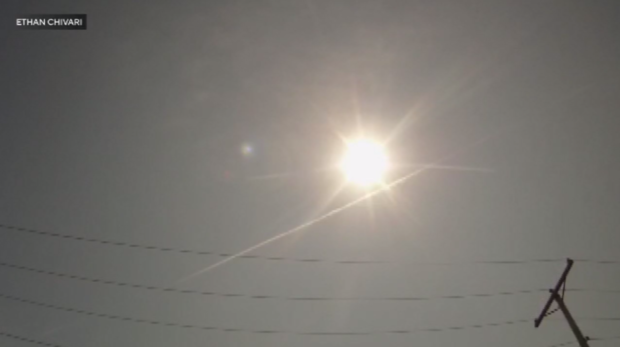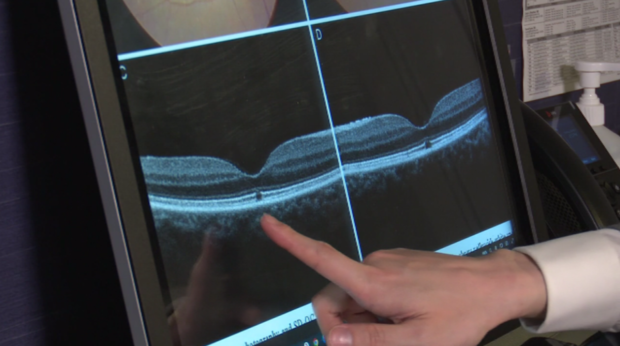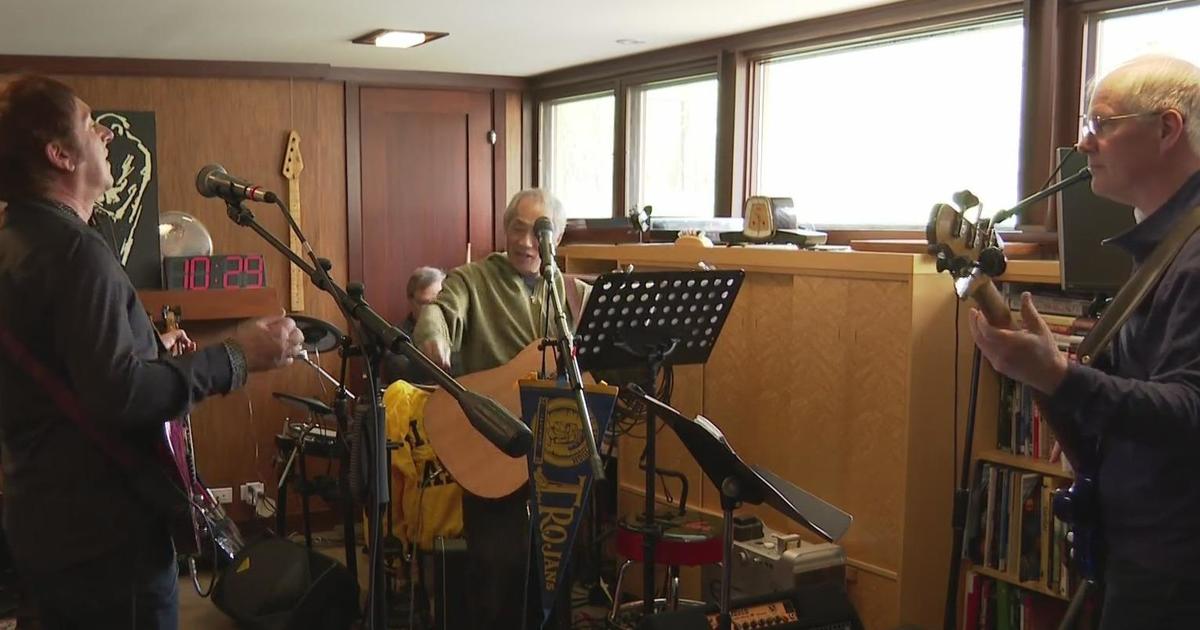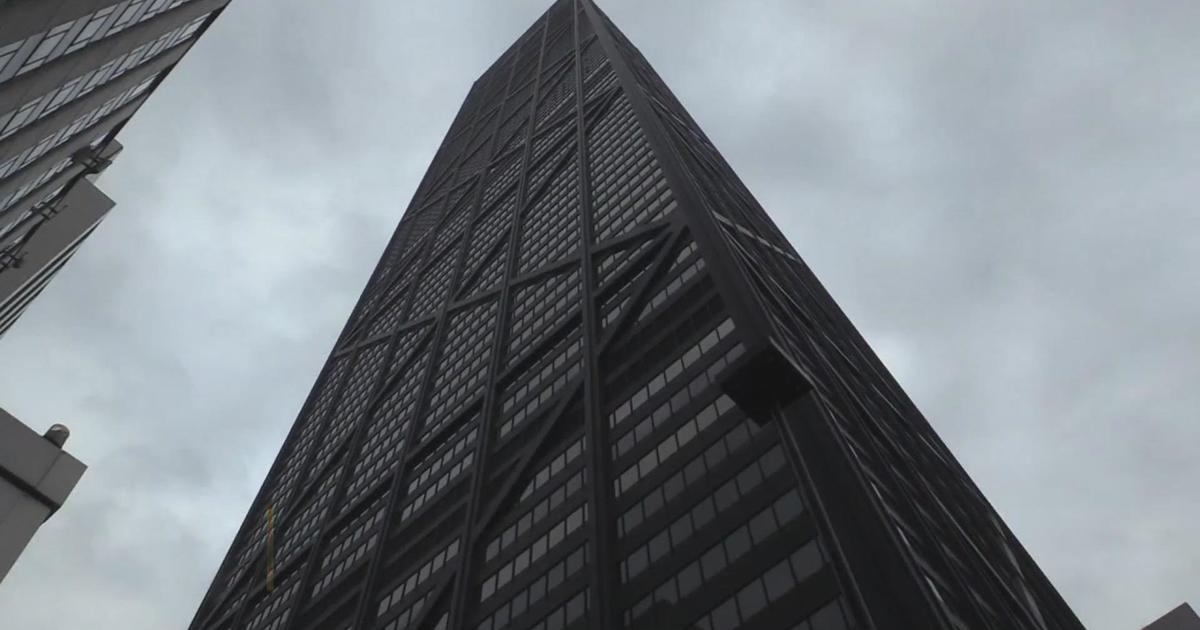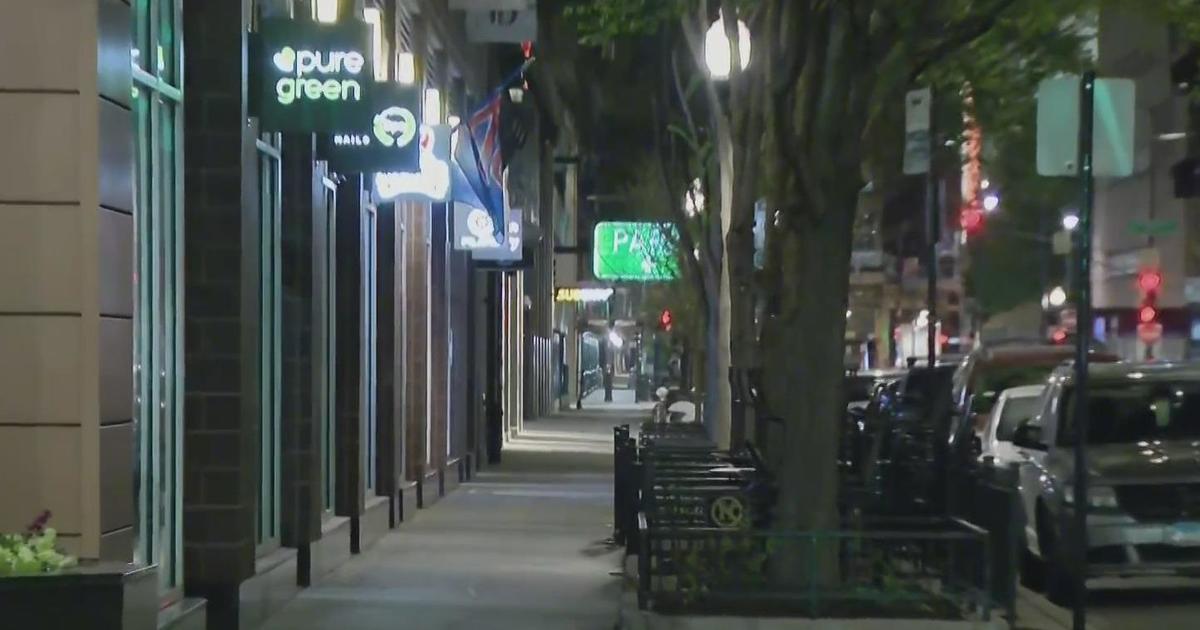Chicago photographers making special preps for solar eclipse
CHICAGO (CBS) – Next month's solar eclipse may not actually be a once-in-a-lifetime event, but close to it.
The eclipse, expected on April 8, will be the last one visible from the continental U.S. until 2044. CBS 2 wants viewers to have a good memory of the celestial moment, so it's important to know how you can literally get burned if you're not equipped for the eclipse.
A high school astronomy class gave Ethan Chivari a bright idea: what if he combined his love for taking photos with his fascination about space?
It's called "astrophotography."
"So, astrophotography is photography of the stars, sun planets," said Chivari.
He's taken shots of the Milky Way, Saturn, and a full moon surrounded by stadium lights.
His favorite subject was the 2017 solar eclipse. The music he edited into his timelapse video -- "The Great Gig in the Sky" from, appropriately, Pink Floyd's iconic "Dark Side of the Moon" album -- represents how Chivari felt on the inside.
"You definitely get the little bit of a goosebump feel," he said. "Some chills. It's an eerie feeling."
It's a feeling he hopes to replicate on April 8, which is why he's been practicing at Red Oaks Nature Center in North Aurora. The shimmery lens on his camera is specifically made to filter out certain light.
Chivari also showed CBS 2 something called solar paper, used to block everything but a blazing fireball. If Chivari focused his camera directly on the sun without solar protective equipment, it won't end well.
"Because you're getting light already magnified coming in through the lens, so it's going to be focusing it on the sensor and that sensor will just go up in flames," he said.
He's not kidding. A YouTube science experiment shows a camera smoking after only six seconds of being pointed at the sun. It was damaged beyond repair. Be warned. It could happen to a cell phone camera too.
"Any little bit of light is going to fry your sensor," Chivari said. "Basically it would be the same thing with your eyeball."
He's not wrong.
Dr. Ramon Lee, from Illinois Retina Associates, showed CBS 2 pictures of a patient who showed up with solar damage after staring at an eclipse.
"Right in the middle of your vision, there's this black spot," Lee said.
Reporter: "So, it's a hole?"
Lee: "You could think about it as a hole. That's pretty much it. In one of those layers of your retina."
A brown spot seen on an eye scan was basically a burn mark from the sun. Lee said patients with the ailment come in "complaining about a central blind spot." It's partial vision loss.
It could happen again, especially in the Chicago area where locals are expecting a partial eclipse. That means the moon won't fully cover some of the sun's intense rays.
"Most patients, they recover well," Lee said. "The retina heals and they don't have any issues afterwards. Obviously, that's not a risk you want to take."
Spectators can avoid such damaging mistakes by stocking up on safety glasses and solar cell phone filters.
If they can't find any, they can count on astrophotographers like Chivari to capture the moment.
Smartphone manufacturers and NASA confirmed to CBS 2 that pointing a phone's camera at the sun could ruin its internal components. That prompted the question of why you can take photos or videos of the sunrise and sunset with no issue.
Here's NASA's explanation:
"Sunsets and sunrises are closer to the horizon than solar eclipses. The sunlight during a sunset/sunrise that reaches us from low in the sky passes through a thicker, denser atmosphere than the sunlight that reaches us from directly overhead.
Sunset and sunrise light also has shorter wavelengths, so the most particularly hazardous ultraviolet radiation is scattered away from the camera.
There is always a risk when pointing your camera directly into the sun, so even for sunrises and sunsets, photographers can use filters, like a neutral density filter. For photographing an eclipse, photographers will need a special-purpose solar filter."
